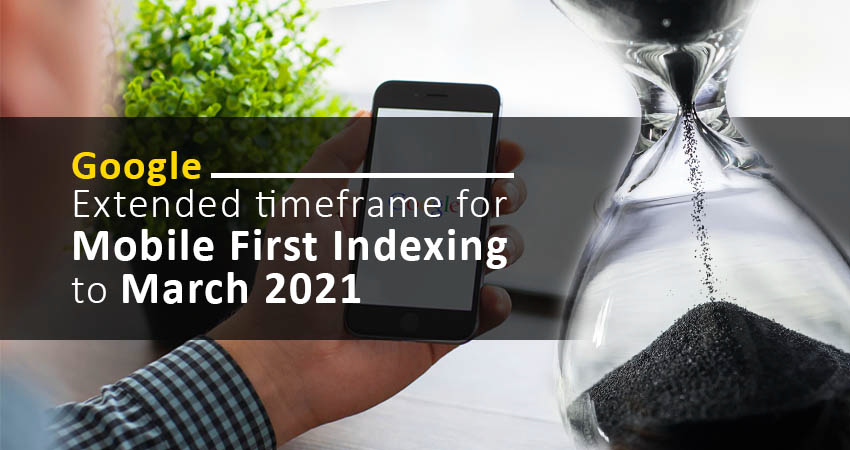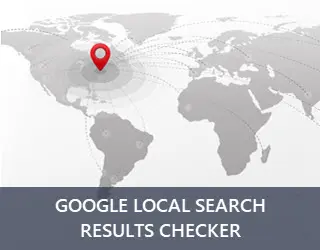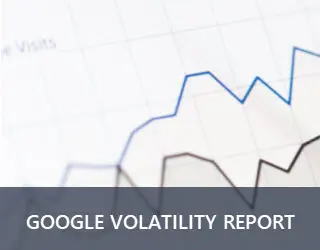Google Extended Timeframe For Mobile First Indexing To March 2021
Posted On : July 23rd, 2020 By : Dillip Kumar Mohanty To : Google, SEO NewsGoogle first introduced the concept of Mobile-First Indexing on November 04, 2016. Due to exponential growth in number of searches in mobile devices, Google had advised webmasters to focus more on their mobile version of their websites.
Since then Google has offered solutions for mobile-first indexing best practices. It has offered ample time, almost 4 years, to webmasters to prepare their websites for mobile-first indexing. In March this year, Google announced that they would go for mobile-first indexing for whole web from September, 2020.
But yesterday, they decide to extend the time limit to the end of March, 2021 due to uncertainties cause by Covid-19.
Many websites are still showing issues with their mobile version that is going to affect negatively their performance on search results. So, with this post, Google has outlines some the most such common issues and how to fix those.
Robots Meta Tags On Mobile Version
Google suggests using the same robots meta tags, both in mobile & desktop versions. Suppose you wrongly block your page in the mobile version whereas it is allowed in desktop version. In this case, when your site is enabled for mobile-first indexing, Google won’t index it and can’t follow the links in that page. For proper use of robots meta tag, check their guidelines here.
Lazy-loading On Mobile Version
Lazy loading of images or videos is a common practice by web developers while creating mobile version of websites. This make the page load faster.
But if wrongly implemented, it may affect indexing and hence search performance. Google specifically warns not to use this for primary content that require user interactions like clicking etc. Googlebot can’t trigger these interactions. So, those content wont’ be indexed by Google.
For lazy-loading best practices check here.
Be Aware Of What You Block
Robots.txt is the first thing an user agent/bot visit to see what resources can be crawled and what are blocked. Some pages have different URLs in mobile versions. In many cases, unintentionally developers block such resources/URLs in robots.txt file.
For example, if .css files or images are blocked in mobile versions, Google can’t render the page correctly. This can impact the ranking negatively. So, check what you’re blocking in robots.txt.
Make Sure Primary Content Is The Same On Desktop And Mobile
You must have the same primary content both in desktop & mobile version. Neve use short version of your primary content in mobile version thinking that it will enhance the site performance in mobile devices.
Mobile-first indexing is all about what you’re offering in the mobile version of your website. So, whatever be your primary content in the mobile version, that will be indexed and considered while assigning ranking in search results.
Same goes for the headings. Don’t ever think about using short version of headings in mobile versions. These headings help Google to have a better understanding of the content of a page. Shorter versions may mislead Google and that will affect the page search performance.
Image Quality
Google suggests not to use too small or low resolution images in mobile versions. People do this normally to include more images in mobile versions such as using thumbnails for actual images.
Such small & low resolution images are considered as low quality images by Google. Google normally doesn’t show such images in image search results.
Alt Attributes For Images
Like short headings, short & meaningless image alt tags can kill ranking of your images in image search results.
Google advises to use proper & meaningful image alt tags always.
Different Image URLs Between Desktop And Mobile Version
If you’re using different image URLs for your mobile versions, then that may create minor traffic loss from Google image search when your site is enable for mobile-first indexing.
Google says that is fine. Actually when Google starts indexing your mobile versions, it indexes these new URL versions, and it takes time to understand these properly.
Video Markup
If you’re using VideoObject structured data in your desktop version, don’t forget to use the same in mobile version with proper information. Else, Google’s video indexing system won’t be able to extract exact information about those videos. So, your videos may lose search visibility.
Video And Image Placement
Google suggests proper placement of important images & videos in a page. This affects your search visibility too. Suppose you’ve an important video in a page and you want to rank for that video for related searches.
But if you push that video way down to make space for content or ads in the top in mobile versions, then Google may not consider that page as a best fit for video landing page in their search results.
So, never ignore the importance of image/video placement in your pages.
Don’t think that you can enjoy avoiding these suggestions as Google has extended the time limit. Google has already enabled mobile-first indexing for lots of websites. If you’re not aware, you can check your Google Search Console.
If you’ve any issues with the mobile version of your websites, those can be easily assessed in the Search Console. Fix these issues at the earliest.
- Suvaance 10th Anniversary Celebration - June 8, 2022
- Video Optimization For Google Search: Everything You Need To Know - April 6, 2022
- Impact of Reviews on Ranking & How to Deal with Negative Reviews? - November 7, 2021








